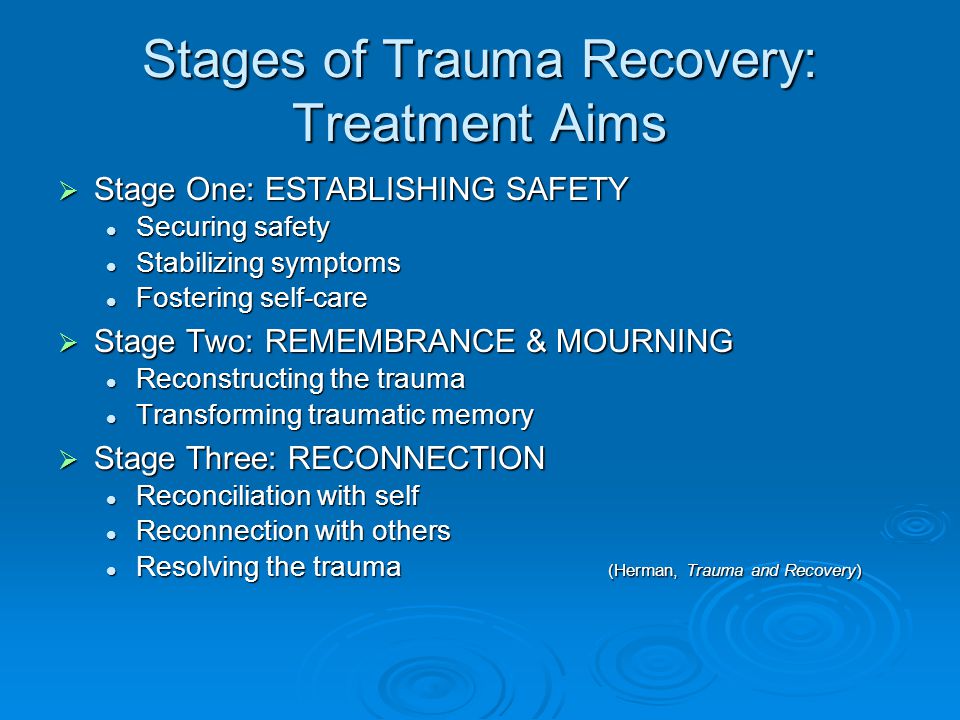

The good news is it responds very well to treatment.

The bad news about PTSD is it does not go away over time if left untreated, and instead gets worse. By asking for all the details, we show the client we can handle it, even the really, terrible stuff they have never told anybody. Retelling the details of a trauma acts as a form of exposure.Īs the client survives the memory of the trauma in a safe environment with a caring clinician, they begin the process of desensitization. Second, by discussing the trauma, we begin to reactivate the body's fear extinction mechanism. Sometimes this may be the first time the trauma is being discussed. First, we demonstrate our faith in the client s/he is strong enough to survive telling us about this trauma. When we ask a client to tell us about the trauma in great detail, (i.e., "What did you see? Was there blood? How much and where was it? Could you see inside the bullet hole? What could you hear/smell?") we do two things. Carrion says that the greatest mistake clinicians make is not asking about trauma, or if they do, they do not ask in enough detail. As a Stanford-trained trauma therapist, we began immediately by doing a thorough intake and assessment.

It is bad enough that they either witnessed or experienced trauma, and now they are having a host of unpleasant symptoms.Īs clinicians it is our job to bring immediate relief. There may be a sense that the future is fore-shortened.Īll of these symptoms sap a person's energy. A great deal of energy is used trying not to think about it. This can make a person's world much smaller as they work to avoid all traumatic cues.


 0 kommentar(er)
0 kommentar(er)
